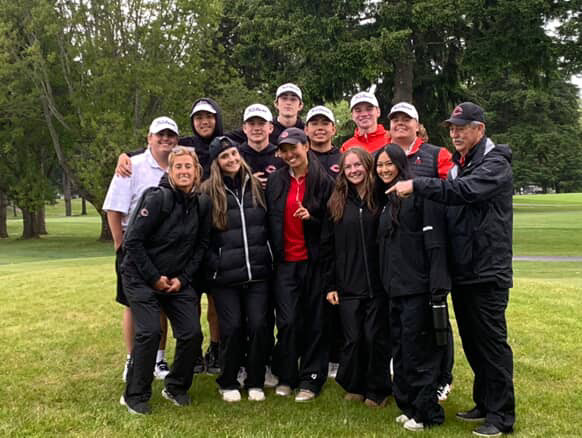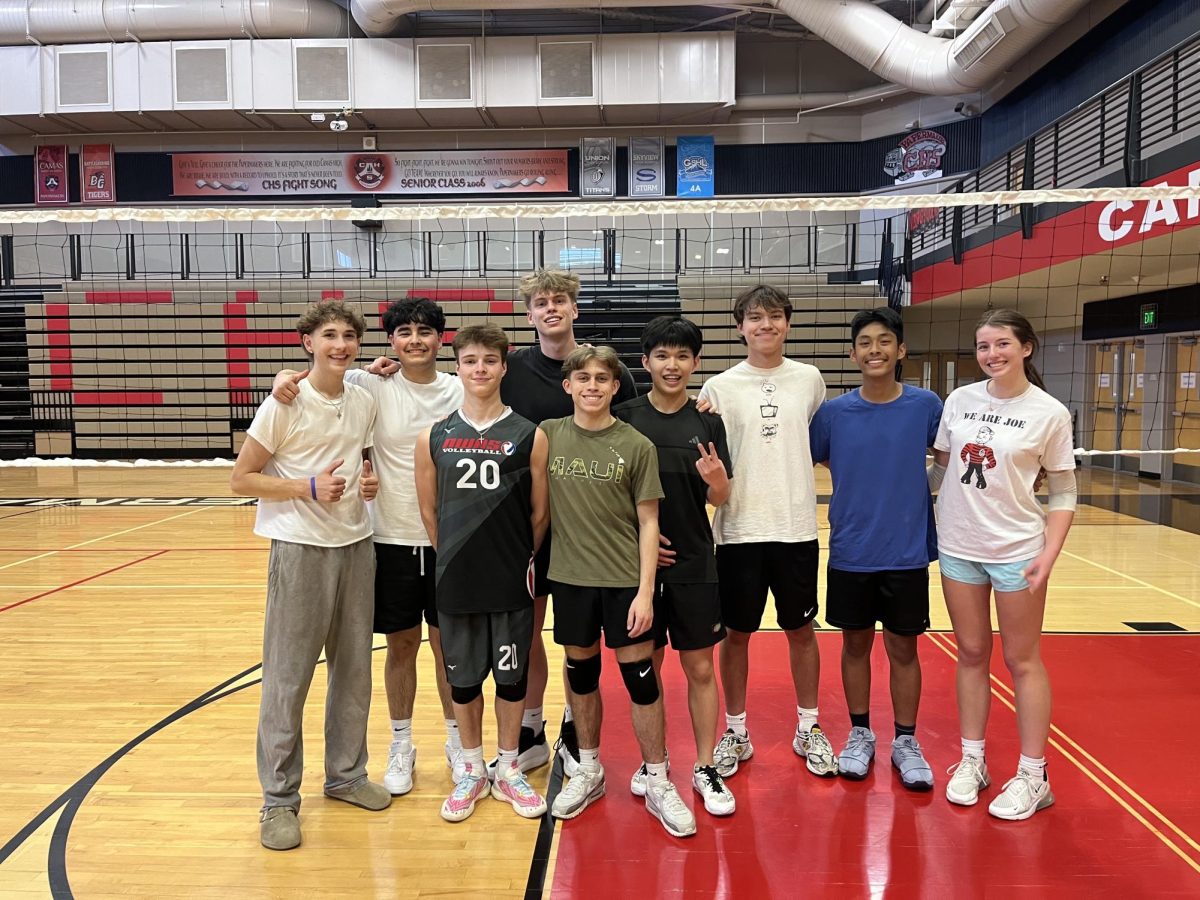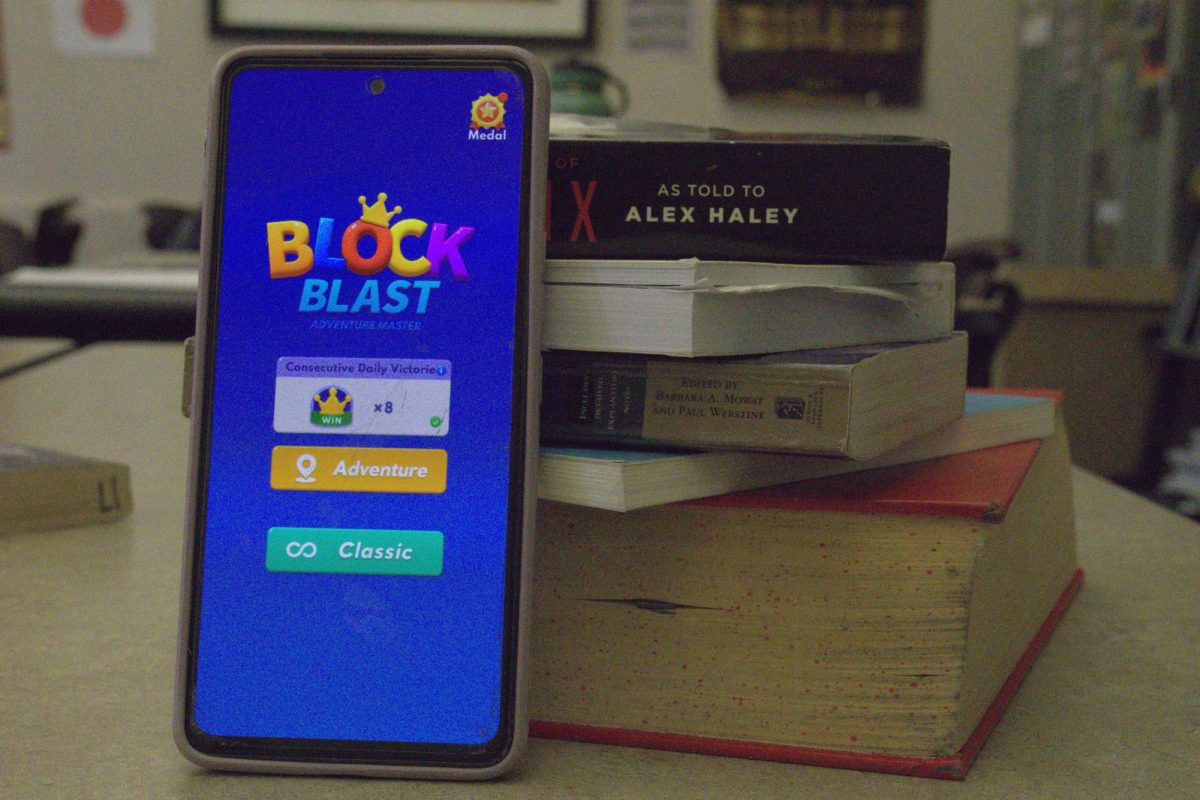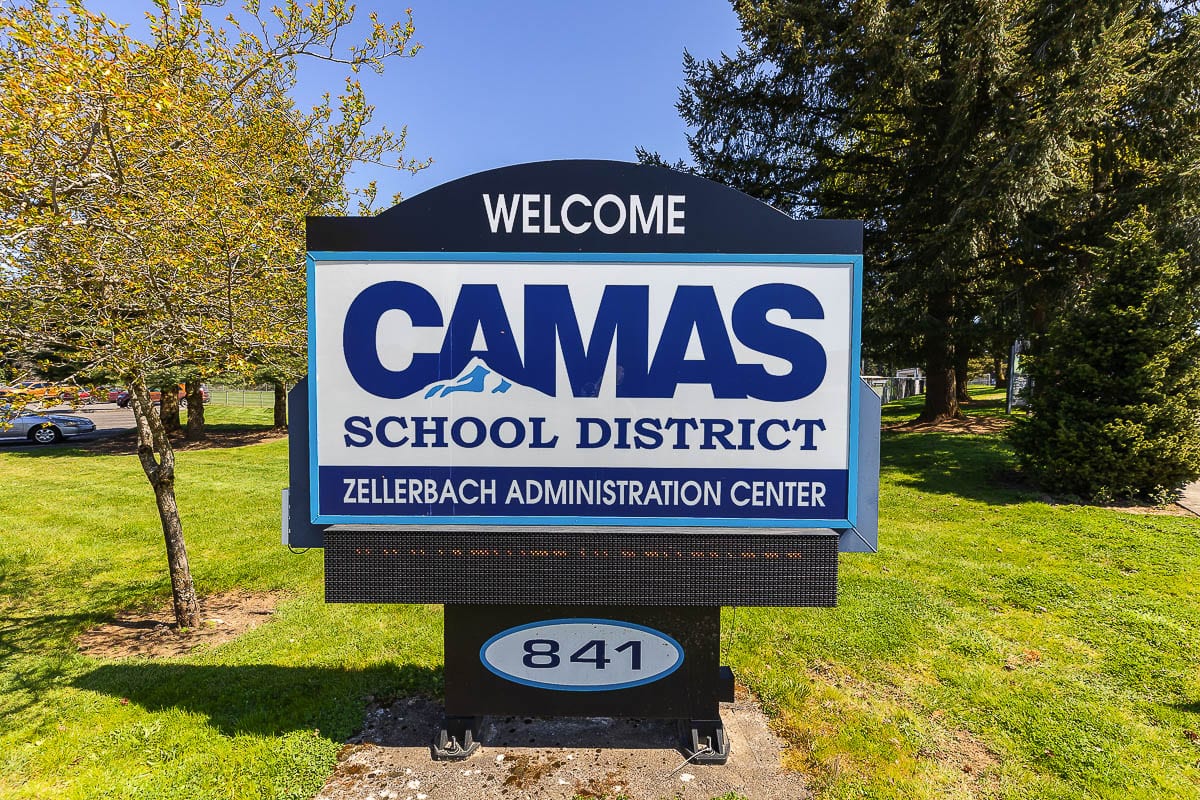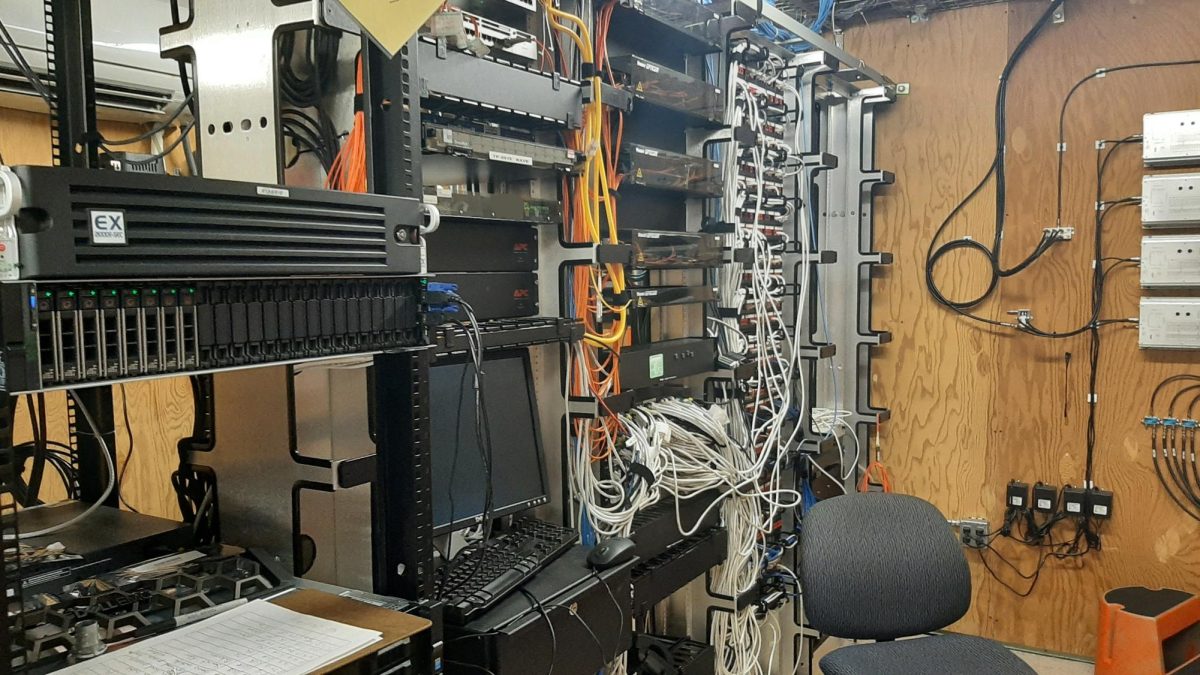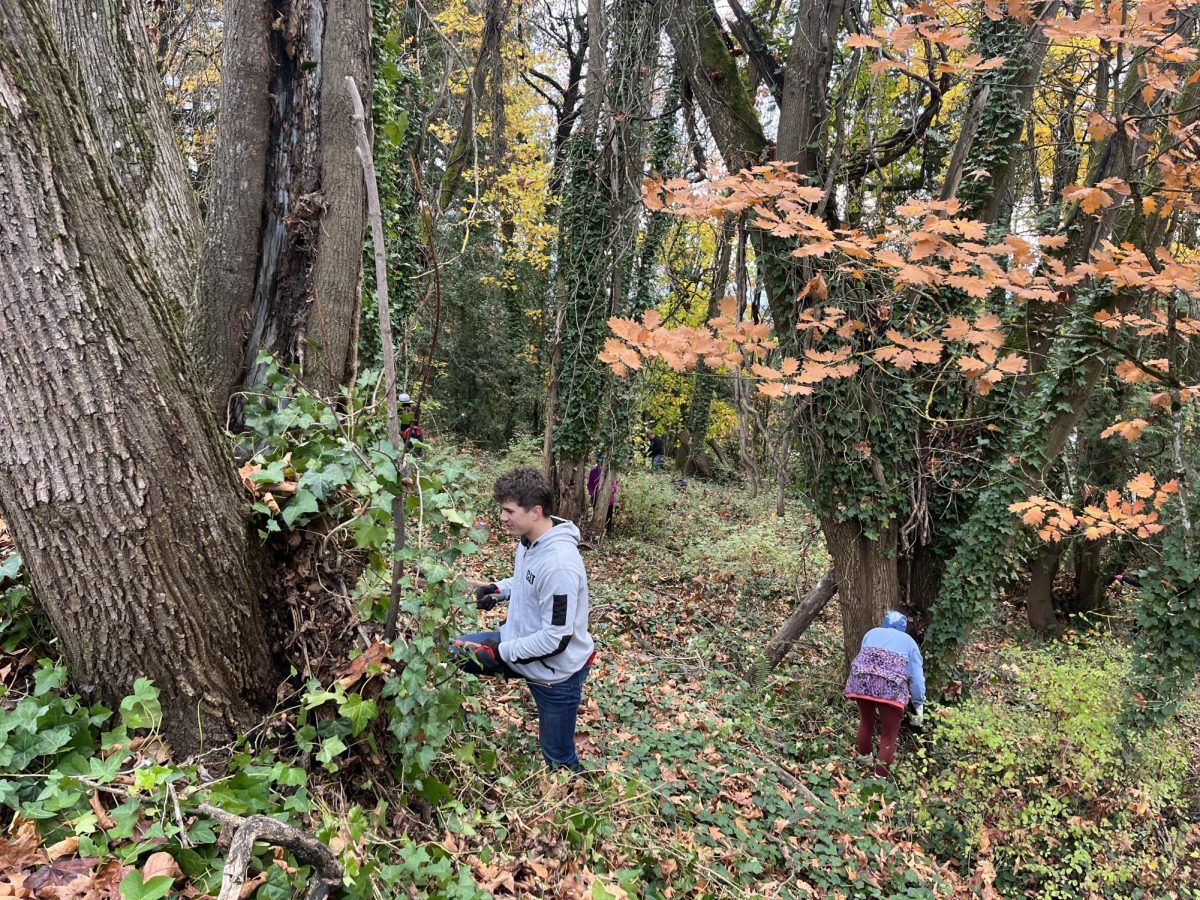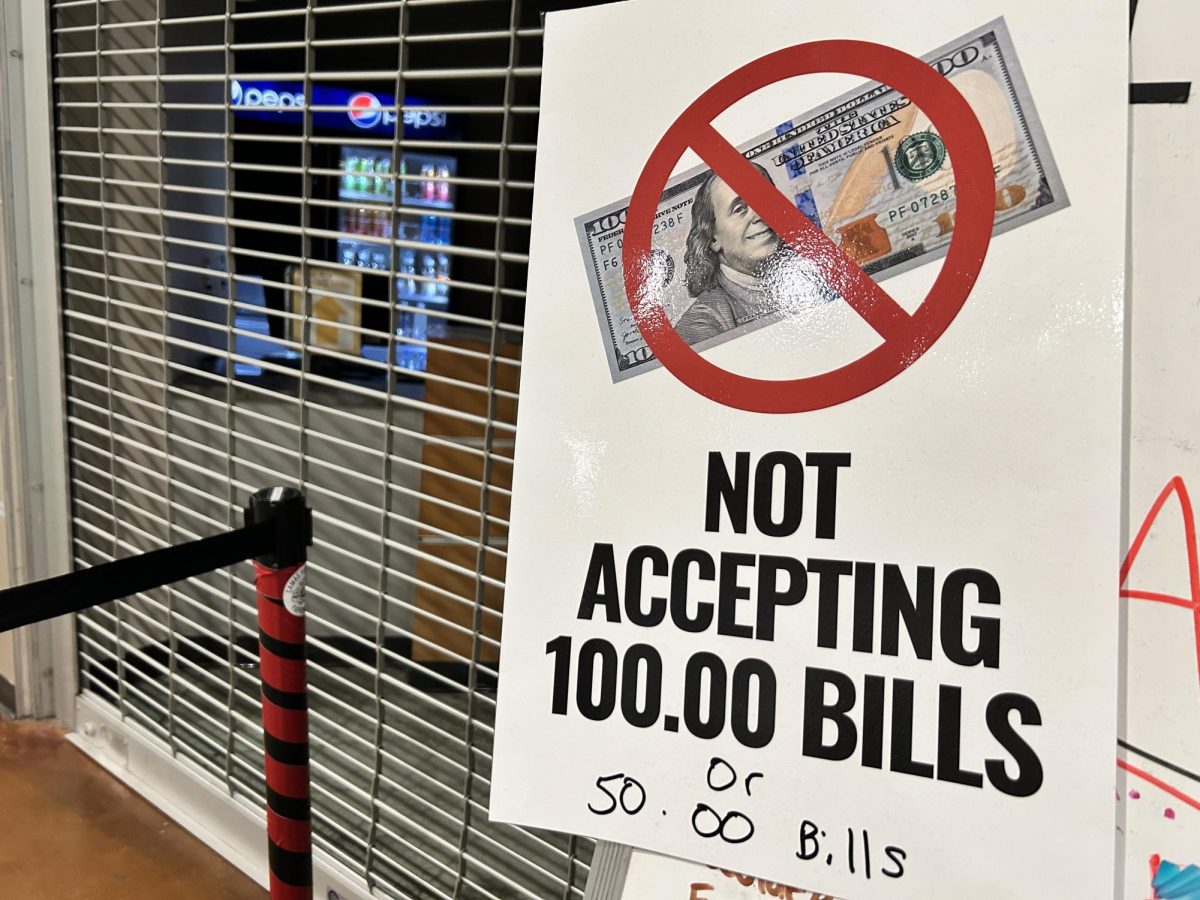Marie Sklodowska was born in 1867 in Poland. She was lucky enough to be born into a family of respected educators. Her grandfather was a professor who taught literature, and her father was a mathematics and physics teacher.
At ten years old she attended a boarding school in which she graduated from 6 years later. At this point in time women could not enroll in an institution of higher education so Marie decided to join the Flying University, a patriotic institution in Poland that accepted women. From here she became a governess and out-of-home tutor. She did this for a few years until she fell in love with the son of a family she was working for. His name was Kazimierz Zorawski, and he was looking to become a mathematician. Marie then moved on and began to study in Paris. She educated herself and studied practical scientific training. In Paris, she continued her study of physics, chemistry, and mathematics at the University of Paris.

During this time in her life, she had practically no money and would faint from hunger on occasion. She earned an award in physics and was able to study in a lab as well as the University. In the same year, she was conducting experiments on the magnetic properties of steel, she met Pierre Curie, who she eventually married. This opened many new doors for many scientists, including Marie. She decided to use Pierre’s electrometer to take a closer look at uranium rays. This electromagnet Marie found that uranium rays caused the air to conduct electricity. She decided that radium was not so much the product of a molecule interaction, but really an occurrence within the atom. This was an important step in proving that atoms were in fact not divisible.
Marie and Pierre had a daughter named Irene in 1897, and to support her new family Marie taught at the Ecole Normael Superieure, which is a fancy name for a research institution in Paris. Her lab was subpar at best, it was a shed that was poorly ventilated and not even waterproof. Because radiation was such a new idea, they didn’t know that it was extremely harmful and didn’t take precaution in protecting themselves. She looked at two uranium metals- pitchblende and torbernite. She found that pitchblende was four times more active and torbernite and two times more active, them uranium itself, proving that the small quantities of other substances that these samples contain were way more active than uranium. This additional energy that was emitted was dubbed radioactivity.
What Marie inadvertently discovered was an isotope. Isotopes are variations of an element that have the same number of protons and electrons, but a different number of neutrons. To become stable once again, the atom will release this extra internal energy, brought forth by the isotopes extra neutrons. The released energy is called radioactivity. Radioactivity is crucial to our world today. As mentioned before this radiation has many uses. One is the ability to kill cancer cells through chemotherapy.
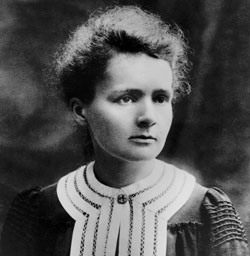
Another use is to power nuclear reactors in nuclear power plants. These plants are able to generate electricity- 15% of the world’s electricity in fact! In addition to these two amazing uses, radioactive waves are used in x-rays, which can be used to look at an otherwise opaque item, substance, or organism. This helps doctors know what’s going on inside a person’s body so they can help them recover.
Marie and Pierre were able to publish 32 scientific papers, this included an article that reported that when exposed to radium, tumor-forming cells died quicker than healthy ones! In 1900 Marie finally was accepted as the first woman faculty member at Ecole Normale Superieure. Marie and her husband joined the faculty at the University of Paris as well. 1903 marks the year that Marie earned her doctorate from the University, and also the year that the Curies went to the Royal Institution to give a speech. Sadly because she was a woman she was not allowed to talk, but Pierre was and gave the speech for the both of them. Marie was the first women to receive a Nobel Prize.
A year later Curie gave birth to their second daughter, Eve. Two years after this Pierre was killed in a road accident, as he was crossing the road, he was hit by a horse drawn carriage. This devastated Marie. She took Pierre’s spot at the University in hopes of creating a tribute to him. She was the University’s first women professor. In 1910 she was able to isolate radium, also defining an international standard for radioactive emissions. They named the standard after her and her husband- Curie.
Marie impacted WWI by becoming the director of the Red Cross. She created mobile radiography equipment that could help treat soldiers. They were equipped with x-rays units, which were crucial in locating battle wounds.
Marie’s death was ironic in that her research killed her. She carried radioactive isotopes in her pocket and handled them directly, she was also exposed to unshielded x-rays during the war. All of this exposure led to many chronic illnesses, including cataracts, and her cause of death- aplastic anemia. This is when the bone marrow and blood stem cells are diseased. These cells are gone and replaced by fat.
In honor of her achievements, she was given a statue in front of the Sklodowska University in Lubin, Poland, along with many other tributes. Marie’s legacy lives on today. She shaped the twentieth century and blazed the trail for many scientists. Not only that, Marie blazed the trail for women. She gave many women hope in the fact that they too may amount to something more than a housewife. She gave them a chance at a life in education. Mrs. Curie showed the world that women could be just as intelligent, if not more, than men.
Marie’s accomplishments in science live on today through many medical machines and techniques. Her legacy lives on through us, and particularly through women as a beacon of pride, an emblem of freedom from gender roles.

